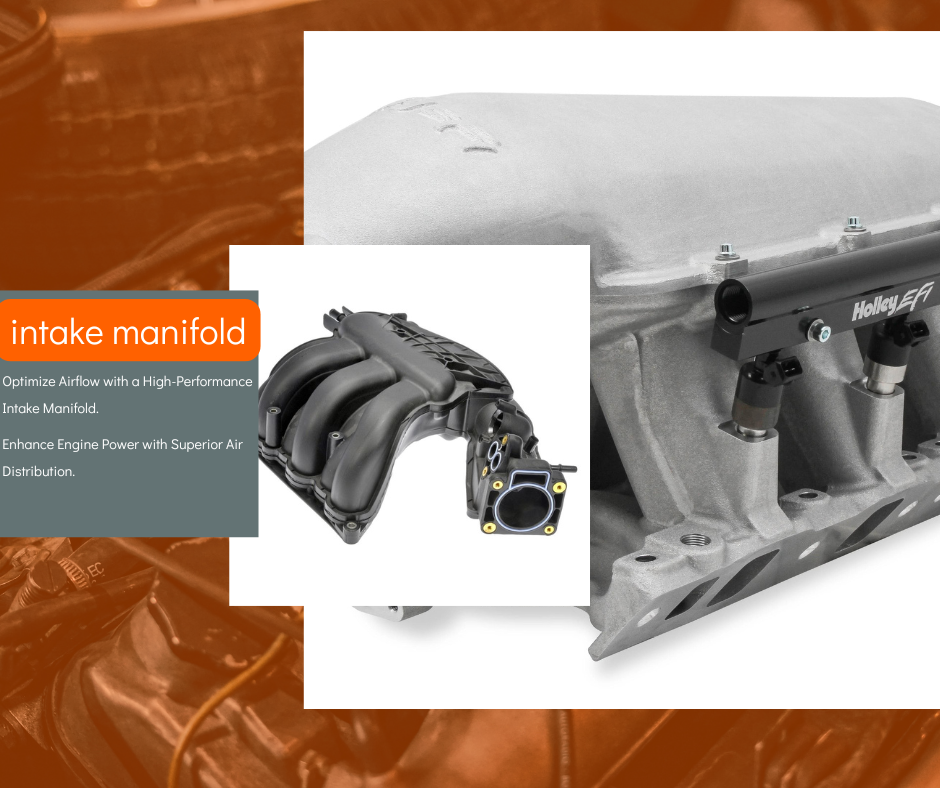Understanding the Importance of Airflow in Intake Manifolds

Optimizing engine performance begins with understanding the pivotal role of airflow in intake manifolds;
The Basics of Airflow in Intake Manifolds
The intake manifold plays a crucial role in the internal combustion engine by distributing the air-fuel mixture to the cylinders. Proper airflow within the intake manifold ensures that each cylinder receives an equal amount of the mixture, which is essential for efficient engine operation. The manifold also helps to improve the volumetric efficiency of the engine by optimizing the air intake process.
Understanding the dynamics of airflow within the intake manifold involves considering factors such as air velocity, pressure, and temperature. These elements can significantly affect engine performance and fuel efficiency. Engineers use computational fluid dynamics (CFD) models to predict and enhance airflow patterns within the manifold.
How Airflow Affects Engine Efficiency and Performance
Airflow directly impacts the engine's power output, fuel efficiency, and emissions. Efficient airflow ensures that the engine can burn fuel more completely, resulting in better combustion and less waste. This leads to higher power output and improved fuel economy.
Moreover, consistent and optimized airflow helps in reducing engine knock, which can damage the engine over time. By maintaining a stable and adequate air supply, the intake manifold contributes to smoother engine operation and longer engine life.
Design and Material Considerations for Optimal Airflow
The design of the intake manifold is critical for optimizing airflow. Factors such as the shape of the manifold, the length and diameter of the runners, and the placement of the throttle body all influence how air flows into the engine. Engineers often use advanced materials like aluminum and composite plastics to reduce weight and improve thermal efficiency.
Materials used in the construction of intake manifolds must withstand high temperatures and pressures. Additionally, the use of smooth internal surfaces can help to minimize air resistance, further enhancing airflow and engine performance.
Common Issues and Troubleshooting Airflow Problems
Common issues that can affect airflow in the intake manifold include carbon buildup, vacuum leaks, and faulty sensors. Carbon deposits can restrict airflow, leading to poor engine performance and increased fuel consumption. Regular cleaning and maintenance can help to prevent these issues.
Vacuum leaks can disrupt the balance of air and fuel, causing the engine to run lean or rich. Diagnosing and fixing vacuum leaks often involves checking hoses, gaskets, and seals for any signs of wear or damage. Faulty sensors, such as the mass airflow sensor, can also lead to incorrect air-fuel ratios and should be inspected regularly.
Advancements and Innovations in Intake Manifold Technology
Recent advancements in intake manifold technology include the development of variable intake manifolds, which can adjust runner length and cross-sectional area to optimize airflow at different engine speeds. This technology allows for improved performance across a wider range of operating conditions.
Innovations such as 3D printing are also being used to create more complex and efficient intake manifold designs. This allows for rapid prototyping and testing of new designs, leading to quicker development times and more effective solutions. Furthermore, the integration of advanced sensors and electronic controls helps to continuously monitor and adjust airflow for optimal engine performance.

 Loading..
Loading..